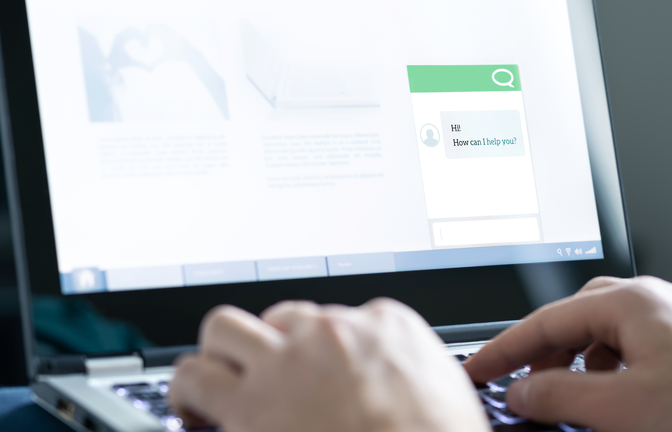3 reasons why marketers should gather customer feedback

As marketers, we traditionally rely on data to guide our decisions. We run A/B tests. We use robust analytics tools. We find out where customers are converting, and where they’re not. We know exactly what our customers are doing.
But there’s one major problem: we don’t always understand why.
If you’re like most marketers, you’ve probably seen your campaign performance or site analytics and wondered what’s going on inside your customers’ heads. What were they thinking when they abandoned their order? Or when they bounced from a landing page after just five seconds? Why did they unsubscribe from your email list? Would they have converted if you had a different design? Or different copy?
You may suspect you know the answers to these questions, but unless you hear it straight from the source, you’re really just guessing. And in the age where customer experience reigns king, guesswork is a dangerous way to run a business.
Get feedback on your marketing initiatives from real people
Learning directly from your customers allows you to fine-tune your marketing campaigns based on a richer understanding of what they actually want and need. Imagine if you could look over the shoulder of your customer as they navigate your website or use your app. You’d probably observe them doing things you wouldn’t expect.
This process of observing actual people as they use and interact with your digital experiences is called usability testing—and it only takes a couple of hours.
For marketers, this type of fast feedback can be the secret weapon you need to understand why your customers do what they do.
1. Cultivate your brand image
As marketers, it’s our responsibility to establish and protect the company brand. But what good is your brand if it doesn’t resonate with your intended audience?
Running usability tests can help you understand what your customers actually think of your brand so you can tailor it to better fit their needs. From brand imagery to messaging, testing your marketing initiatives will ensure you’re delivering the right stuff at the right times.
If you’re ready to quickly learn how customers perceive your brand, make sure you’re asking the right questions.
2. Ensure a consistent omnichannel experience
Since users often don’t complete an activity in one sitting (or through one channel), it’s important to evaluate your omnichannel experience. That means any interaction a user has with your company while completing a single activity across multiple channels.
Channels can be websites, apps, email, social media, online chat, phone calls, print media, and even physical locations.
To begin evaluating your omnichannel experience, consider these questions as part of your usability testing:
- How do users interact with your company on their phone, desktop, tablet, and in-person?
- Can your users smoothly complete a process that spans multiple devices?
- How is the experience across all channels?
3. Determine how your company stacks up against the competition
Believe it or not, you can perform usability tests on literally any website or app. Which means you’re not limited to solely testing your materials. If you’re limiting yourself to only testing your own website, you’re missing out on a very powerful—yet often overlooked—tool in your usability testing toolbox. Testing your competitor’s websites may provide you the valuable feedback you never knew you needed.
There are two simple ways to test your site against your competitor’s site. You can either have test participants visit both sites and describe their thoughts on each one, or you can send separate sets of test participants to each site (and then do the comparison yourself).
Run competitor tests to find out:
- Who does a better job of clearly explaining the product or offering?
- What do people like and dislike about your top competitor’s newest feature or product?
- Which website do they prefer, and why?
Let your customers define their experiences
To understand why your customers do what they do—beyond data and analytics—usability testing can be your competitive advantage. Uncovering insights about how customers perceive your brand, what convinces them to convert, and what you can do to improve your marketing efforts will set your customer experience apart from the rest.

Get actionable insights today
Uncover human insights that make an impact. Book a meeting with our Sales team today to learn more.






